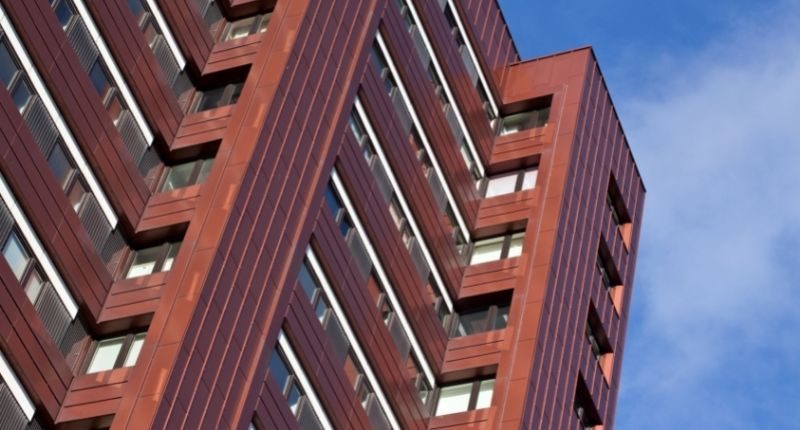- Older properties, in theory, see their quality drop thus become more affordable
- Filtering up occurs in Melbourne, as older houses are closer to the city
- Filtering down does occur to an extent with some Sydney apartments
Filtering, the process of building new houses of a higher quality for higher and middle-income households whereby there is additional dwellings for lower-income dwellings, has been analysed in new research by the Australian Housing and Urban Research Institute (AHURI).
In theory, as properties age and their perceived quality drops, they trickle down to lower market segments, therefore being ‘naturally occurring affordable housing’.
But does this happen in reality?
The AHURI research shows that price and occupant characteristics from housing market filtering can be complex, and are frequently absent in Australian housing markets.
An analysis of Melbourne house prices hints that between 2006 and 2016 suburbs with older housing stock – typically close to the central city and higher paying jobs – start off with higher incomes, and increase their income more than areas with newer stock.
This suggests filtering up, rather than filtering down, in some segments of the market.
The research, titled Filtering as source of low-income housing in Australia, was undertaken for AHURI with a team of researchers from the University of New South Wales, University of Wollongong and Swinburne University of Technology.
How does filtering work?
For filtering to operate, a number of things need to happen.
Properties new to become obsolete, with new properties providing a superior level of housing service and importantly the rate of new dwelling construction exceeded the rate of households forming.
“We found that filtering relies on several critical assumptions: including, that any property and location in a city can be a substituted for any other property and location,” said lead researcher Associate Professor, Christian Nygaard of Swinburne University of Technology.
“However, properties are located in different areas with different neighbourhood characteristics. Therefore, where a property is located may matter as much as, or more than, what condition a property is in. In practice, the housing markets of our cities consist of a system of interconnected housing submarkets, defined by both geographic and property characteristics.”
Although Melbourne showed filtering up, analysis of the Sydney private rental market showed that apartments were filtering down over time.
Nevertheless, rents in these apartments increased relative to income, offsetting the effect of the affordability of individual properties caused by price deprecation.
In 1997, the actual rent for a one-bedroom apartment was 1.65 times the affordable rent. By 2019, accounting for a 13% depreciation, this had increased to 1.86 times.
This analysis explains that houses that might have been rented for over 20 years are necessarily in established, stable communities, which are valued by tenants.
Apartments that have been rented for more than 20 years, however, pre-date apartment design requirements that have been in place in Sydney since the early 2000s.
This suggests that older stock have lower levels of amenity.
Additionally, the number of properties at the lowest rental segments (below 40% median) are small. Dwellings may well filter down over time, but there is a high level of attrition, with most dwellings trajectories disrupted by factors such as refurbishment or demolition, before they reach an affordable price for those on low incomes.








